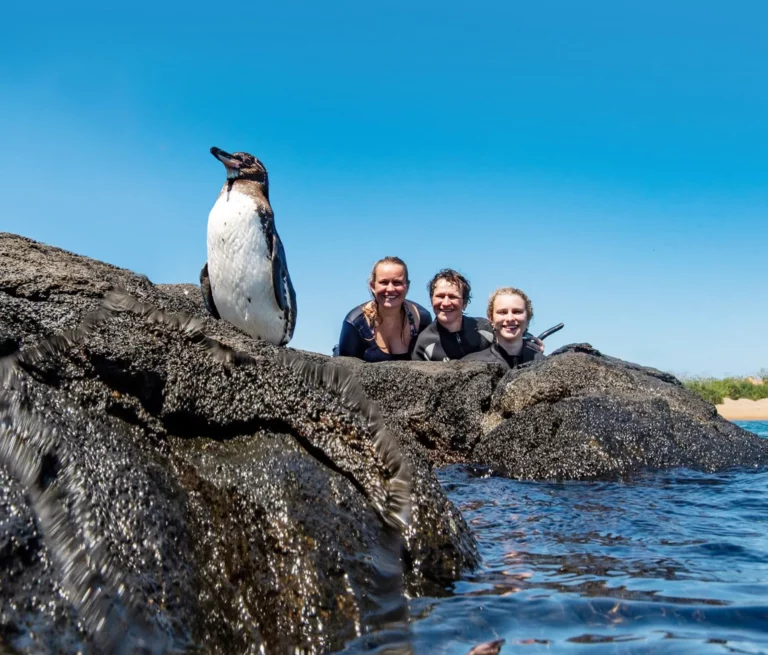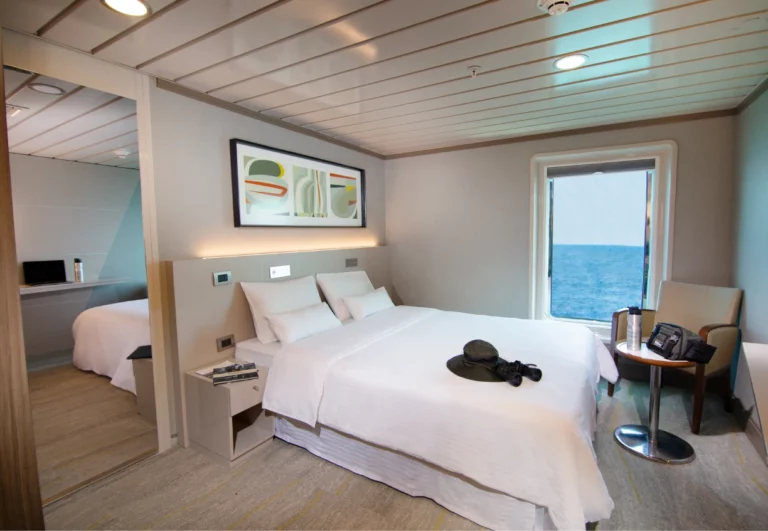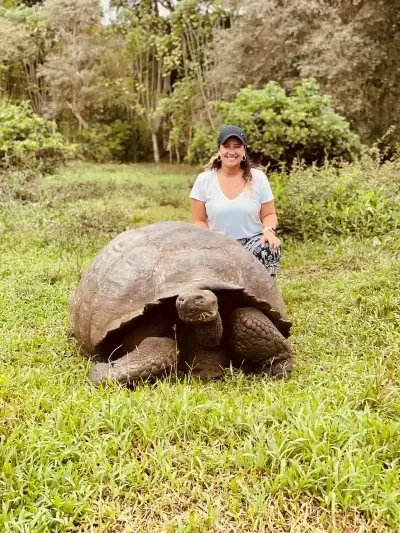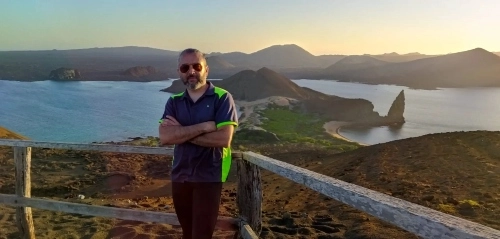Yacht La Pinta offers four- and six-night Galapagos itineraries. These routes take you through the Eastern, Northern, and Western regions of the Galapagos Islands. The itineraries of our Galapagos tours are carefully designed to get you as much wildlife coverage as possible in each respective region. Our Naturalist Guides are there to lead and escort you on each exciting excursion as you explore some of the most beautiful spots and Galapagos iconic species.
Click on any of the itineraries here to learn more about sailing dates and prices.
Connect and engage with the Galapagos in the most fulfilling way possible through our Expedition Cruise's Park-approved selection of exciting activities: hiking, kayaking, snorkeling, paddleboarding, coastal exploration, and glass-bottom boat rides!
Enjoy the added benefit of having an onboard Expedition Leader, who'll be in charge of making sure that your experience of the Galapagos remains everything it can be, and more!
Bask in the comfort of having a smaller Guest-Guide ratio, allowing excursion groups to stay well below the National Park maximum of 16:1.
Enjoy the added benefit of having an onboard Medical Officer, who'll be in charge of making sure that your experience of the Galapagos remains safeat all times.

Your journey aboard Yacht La Pinta expedition vessel includes the following features
An excellent cabin for guests traveling solo or in pairs.



The extra space created when interconnecting our luxury cabins provides added privacy to guests traveling in pairs.
A wonderful option for small families, as these feature a comfortable sofa that can sleep an additional guest.

Get acquainted with some of the biggest reasons for why Yacht La Pinta is your best cruise option in the Galapagos.
Questions? Need help deciding?
Have a chat with our Destination Experts that have enjoyed our itineraries!



